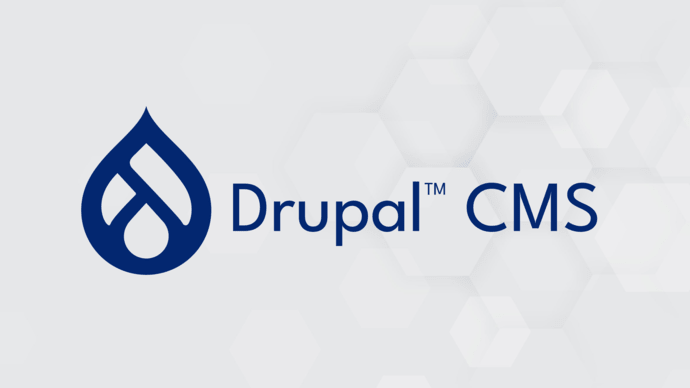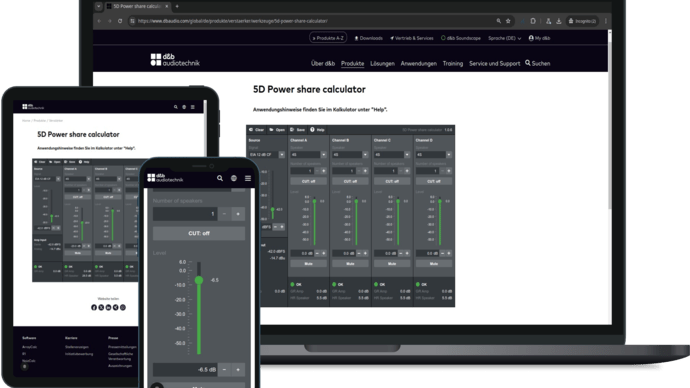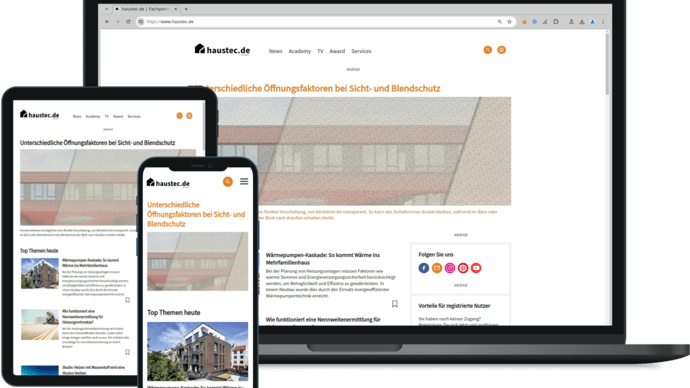Google Tag Manager (GTM) is a free tag management system (TMS) released by Google in October 2012 that allows users to create, edit and manage JavaScript fragments, known as tags. The user is thus able to add any code snippets for various purposes to a website without changing the code of the website itself.
The Google Tag Manager basically consists of three central components: Tags, Triggers and Variables.
Tags are scripts or code snippets that are executed on a page. On the one hand, you can choose from a predefined library of tags that provides links to Google services such as Google Analytics, Google AdWords or third-party providers such as LinkedIn, Facebook or Twitter. On the other hand, you can also define your own tags that enable the execution and/or integration of any JavaScript, HTML or CSS on a page.
Triggers represent the rules that are responsible for triggering a tag. Here, too, you first decide on a type of basic trigger. Triggers can be selected based on clicks, page views, scroll actions and many other components. These triggers can also be further restricted. For example, a "All clicks on links" trigger can be restricted to "All clicks on links that refer to google.de". These restrictions are defined on the basis of variables.
Variableshave several uses, but are largely used for the further restriction of triggers. In addition to variables already provided by Google, such as the current path of the page, it is also possible to define your own variables.
Perhaps the most common application of the GTM is the existing connection to various services without having to have programming knowledge or access to the source code of the page. "Out of the box", services and functionalities can therefore already be connected here that would otherwise have presented these barriers.
In addition to the integration of any JavaScript, the Google Tag Manager is also particularly interesting for users who want to refine, enrich or expand existing tracking data in Google Analytics. Here, too, the GTM offers possibilities, e.g. to refine the data already available in Google Analytics for scroll tracking or the time visitors spend on pages or to recognize completely new events on a page and send them to Google Analytics. Meanwhile, the granular measurement of scroll depth is often used to find out more about user interaction and to optimize content.
arocom uses the Google Tag Manager in almost all projects. In our blog article, we take a closer look at the basics of Google Tag Manager. The Google Data Studio also offers interesting functionalities for the visual analysis and presentation of data from Google Analytics and other sources.
Further references:
https://www.google.com/intl/de/tagmanager/
Video:

















